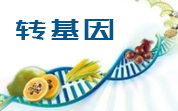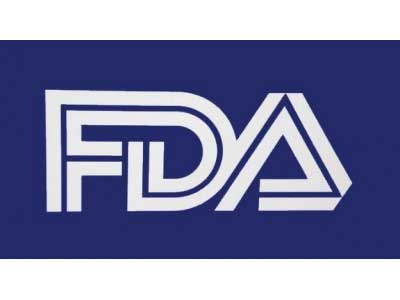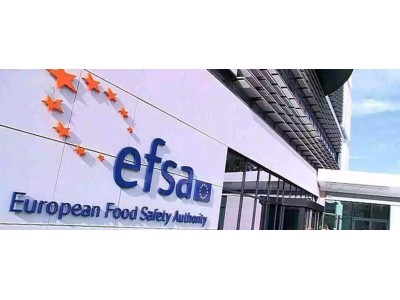食品伙伴网讯 据欧盟网站消息,12月13日欧盟委员会发布(EU)No1190/2012号条例,旨在减少火鸡中肠炎沙门氏菌和鼠伤寒沙门氏菌。本条例将自公布20天后生效。
部分原文报道如下:
concerning a Union target for the reduction of Salmonella Enteritidis and Salmonella Typhimurium in flocks of turkeys, as provided for in Regulation (EC) No 2160/2003 of the European Parliament and of the Council
THE EUROPEAN COMMISSION,
Having regard to the Treaty on the Functioning of the European Union,
Having regard to Regulation (EC) No 2160/2003 of the European Parliament and of the Council of 17 November 2003 on the control of salmonella and other specified food- borne zoonotic agents ( 1 ) and, in particular the second subparagraph of Article 4(1),
Whereas:
(1) The purpose of Regulation (EC) No 2160/2003 is to ensure that proper and effective measures are taken to detect and control Salmonella and other zoonotic agents at all relevant stages of production, processing and distribution, particularly at the level of primary production, in order to reduce their prevalence and the risk they pose to public health.
(2) Regulation (EC) No 2160/2003 provides for a Union target to be established for the reduction of the prevalence of all Salmonella serotypes with public health significance in turkeys at the level of primary production. That reduction is key to ensuring that the criteria for Salmonella in fresh meat of turkeys set out in Part E of Annex II to that Regulation and in Chapter 1 of Annex I to Commission Regulation (EC) No 2073/2005 of 15 November 2005 on microbiological criteria for foodstuffs
( 2 ) can be met.
(3) Regulation (EC) No 2160/2003 provides that the Union target is to include a numerical expression of the maximum percentage of epidemiological units remaining positive and/or the minimum percentage of reduction in the number of epidemiological units remaining positive, the maximum time limit within which the target must be achieved and the definition of the testing schemes necessary to verify achievement of the target. It is also to include a definition, where relevant, of serotypes with public health significance.
(4) Regulation (EC) No 2160/2003 provides that experience gained under existing national measures and information forwarded to the Commission or to the European Food Safety Authority ('EFSA') under existing Union requirements,
in particular in the framework of information provided for in Directive 2003/99/EC of the European Parliament and of the Council of 17 November 2003 on the monitoring of zoonoses and zoonotic agents, amending Council Decision 90/424/EEC and repealing Council Directive 92/117/EEC ( 3 ), and in particular Article 5 thereof, is to be taken into account when setting the Union target.
(5) Commission Regulation (EC) No 584/2008 of 20 June 2008 implementing Regulation (EC) No 2160/2003 of the European Parliament and of the Council as regards a Community target for the reduction of the prevalence of Salmonella Enteritidis and Salmonella Typhimurium in turkeys ( 4 ) sets the target for the maximum percentage of flocks of turkeys remaining positive for those two Salmonella serotypes to 1 % or less by 31 December 2012, both for fattening and adult breeding flocks of turkeys.
(6) The European Union Summary Report on Trends and Sources of Zoonoses, Zoonotic Agents and Food-borne Outbreaks in 2010 ( 5 ) showed that Salmonella Enteritidis and Salmonella Typhimurium are the serotypes most frequently associated with human illness. In particular human cases caused by Salmonella Enteritidis further decreased markedly in 2010.
(7) In March 2012, EFSA adopted a Scientific Opinion on an estimation of the public health impact of setting a new target for the reduction of Salmonella in turkeys ( 6 )。 It concluded that Salmonella Enteritidis is the most successfully transmitted zoonotic Salmonella serotype from parent to offspring in poultry. EFSA also observed that Union control measures in turkeys have contributed to a considerable reduction in the number of turkey-associated human salmonellosis cases compared to the situation in 2007. The target should therefore be confirmed.
原文链接:<http://eur-lex.europa.eu/LexUriServ/LexUriServ.do?uri=OJ:L:2012:340:0029:0034:EN:PDF>











 地区:
地区:






 鲁公网安备 37060202000128号
鲁公网安备 37060202000128号



